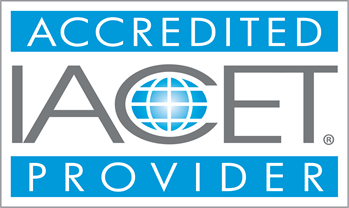Free Course
Safety and Health Programs
As an employer, it is your responsibility to maintain a safe and healthy workplace. A safety and health management system, or safety program, can help you focus your efforts at improving your work environment. Whatever you call it, your plan describes what the people in your organization do to prevent injuries and illnesses at your workplace.
Course Modules - (7)
Learning Outcomes:
- Trainees will become generally familiar with Health and Safety Programs (HASP)
- Trainees will learn how to look for and review topics that come from HASPs
Completion Requirements:
- 100% appearance for the course
- Fully involvement in all class trainings (determined by instructor)
- Completion of Continuing Education and Training Registration Form
- Completion of mandatory quiz assessments
- As applicable, attainment of least passing score on required end-of-course examination
- Participation and submittal of end-of-course assessment form (must provide name on form to obtain credit)


